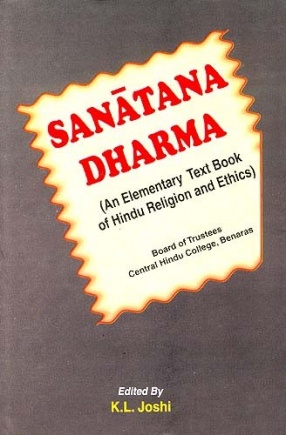
K L Joshi

Showing all 16 books
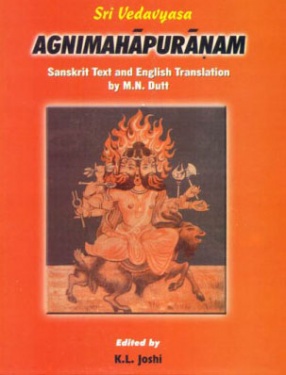
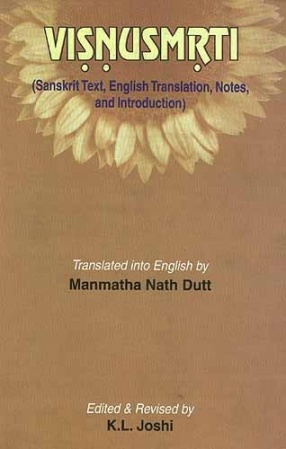
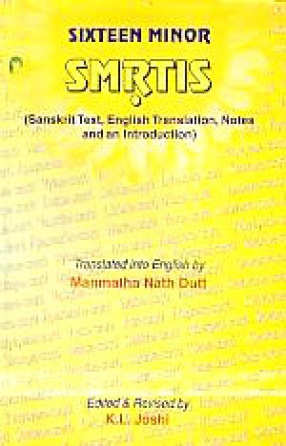


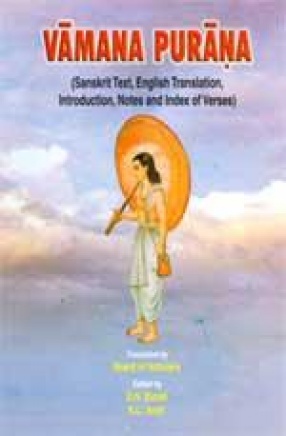
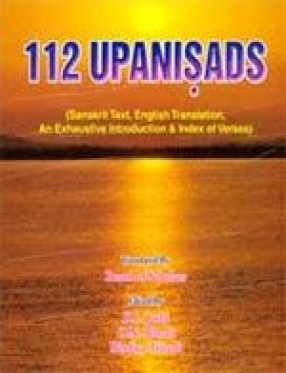
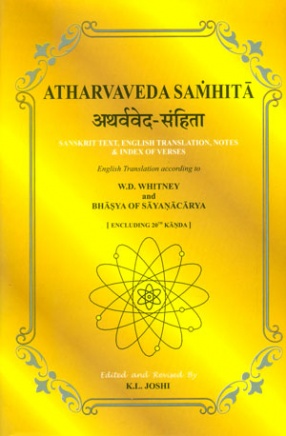

Sanatana Dharma means the Eternal Religion, the Ancient Law, and it is based on the Vedas, sacred books given to men many long ages ago.
While the Sruti and the Smrti are the foundation and the walls of the Sanatana dharma, there are two other important supports like buttresses; the Puranas, and the Itihasah, History.
This book is an extract from the most important scriptures of Hindus viz., Sruti (that includes four Vedas), Smrti (that includes institutions of ...


Under the series of Smrtis collectively known as Dharma-sastra, Visnusmrti or Vaisnava Dharma-sastra occupies an unique place. There are many smrtis ascribed to the names of various Rsis like Vyasa, Parasara, Manu, Yajnavalkya, Atri etc. But visnusmrti is famous after the name of lord Visnu himself. This foremost of the Dharma Sastras ha been promulgated b y the god himself.
It contains one hundred chapters in total. In the beginning of this treating, lord visnu ...


With three commentaries 'Bhamati' of Vacaspati Misra, 'Parimala' of Appayyadiksita and 'Kalpataru' of Amalananda Sarasvati, Introduction in English by Dr. E. A. Soloman.
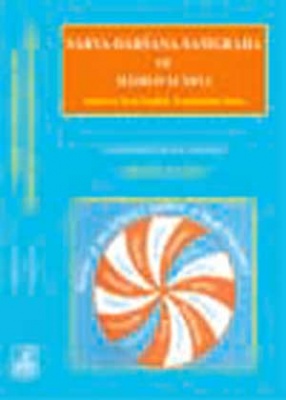
The Sarva-Darshana-Samgraha of great Acharya Madhava (14th century) is a very interesting specimen and an unique composition in the realm of Indian philosophical thought. It contains all that which is required to know as to the fundamental principles of different systems of Hindu philosophical thought. The systems are arranged from the Vedanta point of view with all traditional discussion making use of all the logical instruments. It criticises not only the ...


According to Manu- "Vedas are primary source of religion", the Puranas, however, are the essence of the religion of Hindu society. Puranas are also regarded as the chief source for the detailed explanation of the Vedas. They, therefore, occupy a significant place in the ancient literature of India. The Puranas have obtained the name of Pancalaksana because their contents generally embrace five topics namely (1) Primary creation or cosmogony (2) ...
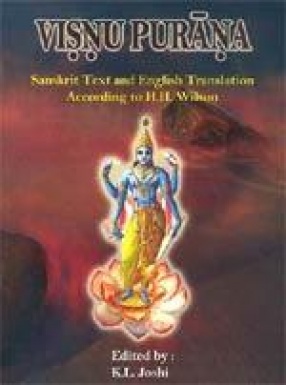
The Purana literature as ascribed to Vedavyasa are uniformly stated to the eighteen in number, are also works of evidently different ages, and have been compiled under different circumstances, the precise nature of which we can but imperfectly conjecture from internal evidence, and from what we know of the history of religious opinion in India. The Visnu Purana. That in which Parasara, beginning with event of the Varaha Kalp, expounds all duties, is called the ...

The Upanisads are Philosophical and theological mystical treatises forming the third division of the Veda; the preceding portions being the Mantras or Hymans, which are largely prayers, and the Brahmanas or sacrificial rituals 'the utterance, successively, of poet, priest and philosopher. There are two great departments of the Veda. The first is called Karma-kanda, the department of works, which embraces both Mantras and Brahmanas; and is followed by the vast ...

The Vedas are the most important records of the religion and the institutions of the Aryans. The last and the latest Veda is the Atharvaveda, which is addressed with many other names such as- Amritaveda, Atmaveda, Angiro Veda, Atharvangirasa, Bhrigvangirasa, Kshatra, Bhaishajya and Chandoveda, etc.Atharvaveda describes the application of both type of ceremonies viz., peaceful affirmation and the witchcraft (Abhicarika) ceremonies. The most cryptic mysteries of ...
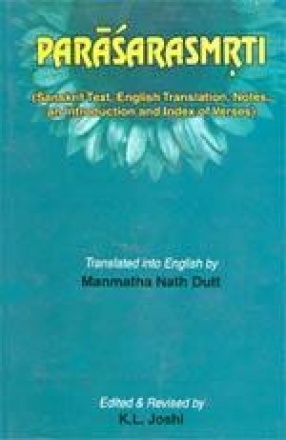
The Scriptural writings of the Hindus are divided, mainly, into two classes Sruti (or what is heard) and Smrti (or what is remembered). According to the belief of the Hindus, Smrti also is of divine origin; the difference between it and the Veda consists in the fact that in the Hindu System of Law the sense is recorded either in the divine words or other equivalent expressions. Under the series of Smrtis (or Code of law) collectively known as ...
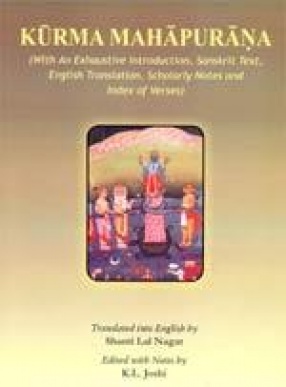
The Purana is a distinct branch of learning. It is treated as one of the Vidyas like the Samkhya and the Vedanta, it has its distinct theory of cosmology. The major Puranas are considered to be eighteen in numbers, known by Maha-puranas. One of the important Purana among the eighteen Maha-puranas is Kurma Mahapurana, in which the narrator is Lord Visnu himself, in the form of a Kurma (tortoise). Kurma Purana is divided into two sections, viz., Purva-bhaga and ...
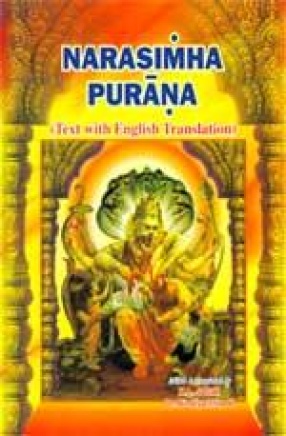
According to Yaska- An innovative thing irrespective of being its old is called Purana. Besides the eighteen Maha-Puranas, there are another set of the Purans known as upa-Puranas, which are more sectarian in nature. They are comparatively later in date having as well some historical background. Nrsimha Purana occupies an important place among the upa-Purans and like other Puranas, this is also considered to be compiled by Vyasa. On the contrary, every Purana ...

Under the series of Smrtis collectively known as Dharma-sastra, Visnusmrti or Vaisnava Dharma-sastra occupies an unique place. There are many smrtis ascribed to the names of various Rsis like Vyasa, Parasara, Manu, Yajnavalkya, Atri etc. But visnusmrti is famous after the name of lord Visnu himself. This foremost of the Dharma Sastras ha been promulgated b y the god himself. It contains one hundred chapters in total. In the beginning of this treating, lord visnu ...
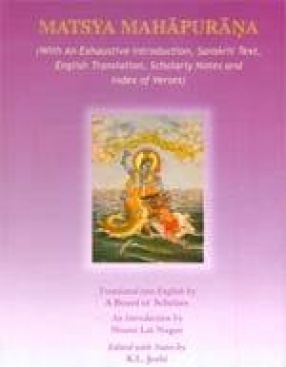
The Matsya Purana earns its title from the fish incarnation of Visnu, the other nine being Kurma, varaha, Narasimha, Vamana. Bhargava Parasurama, Rama, Krsna, Buddhaand Kalki. The Matsya Purana is not all based totally on the life story of Matsya, but it deals with various other subjects, through in some of the chapters Matsya himself is the speaker. Matsya Purana contains 291 chapters in total. First among all it describes the dialogues between Manu and the ...
